Since Raiders Of The Lost Ark in 1981, Indiana Jones has been a staple series of Lucasfilm. There are currently five movies, several games, and a number of spin-offs. As the universe has expanded, so has the timeline, reaching a point where it can be difficult to follow.

Related
10 Best Indiana Jones Sidekicks
Indiana Jones has just as many friends as he does enemies, but who is the archeologist’s best sidekick?
In fact, we’ve got such an abundance of Indiana Jones content that his timeline has become its own mystery in places. So we’ve picked this artifact apart, sorted out the non-canon traps from the treasures, and presented the findings for preservation. Preferably in a museum.
Here’s the Indiana Jones timeline, explained.
Warning: Spoilers for the Indiana Jones movies and games below.
The Indiana Jones Timeline, Explained
There’s a lot of Indiana Jones lore out there to comb through, and going through it all in minute detail would probably crash your browser. So, to keep things trim, we’ll be cutting off a lot of fat from the proverbial meat by sticking to the mainstream movies and games that are confirmed as canon.
The Young Indiana Jones Chronicles
We won’t be including the Young Indiana Jones Chronicles here, since there is a lot of dispute about if the TV show is canon, primarily due to a lot of inconsistencies between it and the movies.
The Adventures of Young Indiana Jones is an edited down version of Young Indiana Jones Chronicles, though it’s often confused as being its own show.
For example, in the TV show episode bookends we see a very elderly Indiana with an eyepatch. But in the made for TV movie version of the show, the elderly Indy scenes were all removed. Harrison Ford does make an appearance briefly as a 1950s version of Indy, but there’s no eye patch there either.
Likewise, Ford’s appearance as a very old Indy in Dial of Destiny also never has an eyepatch, which just further adds to the evidence pile of the show being non-canon.
The events in the original production of the TV show were also moved around in the new edited down version. Characters were completely cut from the story, and whole sections were redubbed or used new actors. So it completely changed the storylines and tone of original scenes.
Whilst you could chalk this up to the era that the show came out in and Lucasfilm taking some creative liberties, it’s just one of many examples that further cement the show and films as separate universes from each other.
We do get a reference to the TV show briefly in Crystal Skull when Jones mentions he was with Poncho Via. That’s about it.
Lucasfilm has also never taken a direct stance on whether the show is canon or not. Although, it’s generally accepted that some very specific cherry-picked scenes in the show, primarily those with young Indy, are considered canon by some fans. But again, it’s a very hotly disputed subject that would take too long to fully compare and contrast.
The Last Crusade Prologue
Set during 1912 and located at the beginning of the third Indy movie, Indiana Jones and the Last Crusade’s prologue introduced us to a very brief origin story for a very young Indy. Played by the late River Phoenix, we see Indiana in Utah, patrolling as a Boyscout with a friend and fellow scout.
The duo come across a group of tomb thieves stealing the Cross of Coronado and young Indy, remarking that the cross belongs in a museum, sets out after them. We get to enjoy a chase across a moving train as well as a slightly traumatic scene for Jones that acts as the origin of his fear of snakes.
Jones then makes it to his Father, who he has a relationship with that’s strained at best, before the Tomb Raiders turn up and take the cross. Thus begins one of many bitter arguments between Father and Son over the years as Jones goes further into “artifact recovery”. This showcases the frosty relationship to come in the rest of The Last Crusade.
River Phoenix was recommended for the role by Harrison Ford, who remarked that River looked the most like him as a youth out of all the young actors that came in for casting.
Indiana Jones And The Temple Of Doom
Now a few of you may be scratching your heads here as Temple of Doom is the second Indiana Jones film to be released, and on the timeline, it’s also the second spot to stop.
It’s a little confusing but, the Last Crusade (the third film) opens up with a prologue of young Indiana, then Temple of Doom (the second film) sets things in 1935, whilst Raiders (the first film) is in 1936.
Temple of Doom took Jones to a new setting in India and put him against a Death Cult with magic stones, and power hungry Raj’s.
Set in 1935, it was the “first step” in Indy’s adventures on our timeline, and it paired him up with two companions this time, Willie Scott (Kate Capshaw), and Short Round (Ke Huy Quan). The trio take down the cult, retrieve the stones, and bring balance back to an unstable region of India.
It was a rollicking adventure that starts out lighthearted and humorous, before it goes into some very dark territory with human sacrifices and child slavery. Despite causing some controversy with the infamous “Chilled Monkey Brains!” scene, Temple of Doom did well, was a fun adventure, and sits as the awkward yet respected middle child of the original trilogy.
Indiana Jones And The Raiders Of The Lost Ark
Set in 1936, Raiders of The Lost Ark is third in our timeline, but it was the first film featuring a very young and rugged looking Harrison Ford on his first outing as Indy.
A brilliant piece of cinema that harkens back to the old adventure serials of the 50’s, it’s stood the test of time as a shining example of cinematography and has had a massive cultural impact.
It introduced us to the catchy theme song written by John Williams, and burned the image of an adventurer with a whip into our minds forever.

Related
How Many Times Does Indiana Jones Actually Use The Whip?
Indiana Jones relies on his whip to save the day, but how often does the action icon actually use it?
The plot follows Indy chasing down the Ark of The Covenant for the American Government before the Nazis can get it with the help of Marian Ravenwood, the daughter of an archeology professor Indy used to work for when he was younger, and his old flame.
The Germans are working with Rene Belloq, a French rival of Indiana’s who had him chased by angry natives at the beginning of the film.
According to George Lucas, Belloq was supposed to appear throughout Indy’s anthology. The original plan was for him to be a good friend turned into a bitter rival.
The two sides race to Egypt to find the Well Of Souls, a map that is said to show the location of the Ark and it all culminates in a spectacular setpiece scene on an island used as a Nazi submarine base.
The bad guys open the Ark, get melted by God, and the good guys save the day by just not messing with the God Box anymore as it’s put safely into storage.
At the time, the box’s location was said to be under the watch of “Top Men”. In Crystal Skull we find out the Ark was stored in Area 51, alongside alien remains.
Indiana Jones And The Great Circle
Released in 2024, Indiana Jones and the Great Circle picks things up in 1937. Indy is fresh off of defeating the Nazis, is still working at the university, and is on his way to being married to Marian Ravenwood, despite blowing off their relationship before Raiders of The Lost Ark.
Unfortunately, the wedding bells don’t ring for long, or at all, because at the beginning of The Great Circle, we find out that Jones and Marion have broken up for the second time, and called off their wedding.
This point, if you know your Indy lore, was when Marion became pregnant and was left to raise their son “Mutt” all alone. But we, and Jones, won’t find that out until Crystal Skull.
The events of the Great Circle focus around special stones that empower Noah’s Ark. The stones allowed Noah to teleport across the world to collect two of every animal for the Ark, and the Nazi’s want to use them to take over the world.
Jones stops the Nazis, again, saves the world and parts ways with his new friend to go off and do more archeology adventures.
Indiana Jones And The Last Crusade
Set both in 1912 and 1938, Indiana Jones and the Last Crusade was the final Indiana Jones film at the time.
The story followed Jones and his Father in a race to stop the Nazis from obtaining the Holy Grail. It was an action-packed adventure from start to end and its finale tied the initial three film series off in a nice neat bow.
The bad guys were defeated, Jones had repaired his relationship with his Father, and our favorite characters; like Brody and Salah, had lived to fight another day.
But Indiana wasn’t finished yet as his story still wasn’t done, according to Lucas.
Indiana Jones And The Spear Of Destiny
Spear of Destiny is worth a mention because it’s a four-issue graphic novel that’s rare amongst Indiana Jones books. It’s the only one Lucasfilm were happy to consider canon.
It wasn’t written or created by them, but it picks up right after the events of The Last Crusade before scooting forward to the end of the Second World War in 1945.
This tale follows Jones and his Father chasing after the Spear of Destiny. The fabled spear said to have pierced the side of Christ whilst he was on the cross.
Naturally, the Nazis are after it to use as a weapon, and the two set off on another globe-trotting journey to stop them. The story leans heavily into pagan and christian theology, and it’s an enjoyable romp through classic Indiana Jones territory before wrapping up in a big scene with implied magic being involved.
The last we see of Indiana is of him in a bar listening to the news that the US has bombed Japan with atomic weapons.
A nice touch in Spear of Destiny is that Indy’s Father muses on the fact that he wanted to become the Grail’s next guardian but was too weak. Whilst Indy just admits he’s annoyed he lost the Grail.
Indiana Jones And The Fate Of Atlantis
If we follow the timeline, Fate of Atlantis happens between the beginning and end of the events shown in Spear of Destiny. It’s set during 1939 when the world was on the brink of beginning World War 2, whilst the book bounces between 1938 in the beginning and then 1945 at the end.
Fate of Atlantis keeps things in one spot in the timeline as we follow Indy stopping the Nazis, who once again are after some horribly powerful hidden artifact that will probably just kill them instead.
In this case, it’s a machine created by the people of the mythological lost city of Atlantis. But all it does is horribly transmogrify anyone that steps foot in it.
There are multiple endings in Fate of Atlantis, not all of them positive. But, according to fans the “good ending” is considered canon.
Jones manages to collapse the ruins the machine is kept in Nazis are killed by the machine and their own lust for power. Jones then sets off for home with a new outlook on life.
Indiana Jones And The Kingdom Of The Crystal Skull
Despite not being on our screens for many decades, like the artifacts Indy chases, it seems some things can’t stay buried forever. Our timeline jumps to 1957, and it’s an interesting choice for a setting, considering it’s the height of the Cold War.
Our story opens with Jones unceremoniously tossed into the dirt outside Area 51 after being kidnapped by a group of Soviet infiltrators. The base, despite being fresh off the Roswell Incident, and at the peak of the Cold War, is worryingly understaffed. But, nobody seems to figure things out until it’s too late. But never mind that small detail, we’ve got much worse ahead of us.
The Soviets are after an alien body from the infamous 50’s crash. It seems it’s made from a material resembling crystal and there are references to others like it found throughout ancient history around the globe.
The Russians want to find the Aliens for power, knowledge and more. Whilst Indiana wants to stop them, albeit begrudgingly.
The end of the scene in Area 51 is capped off with Jones surviving a nuclear blast by hiding inside a fridge. This one moment coined the term “Nuking The Fridge” to describe something ridiculously improbable in media.
Along the way, we encounter Mutt, Indiana’s son (played by Shia LaBeouf) who he had with Marian Ravenwood before they split. Remember that fact going forward, because the writers of the next film sure didn’t.
The two try to rebuild their relationship, much like Indy did with his own Father, and they’re fairly successful.
It all culminates with Jones, Marion, Mutt and Mutts’ adoptive Father Ox, trying to stop the Russians from waking the Aliens, but not really managing much in the long run.
The Russians, after a few get eaten by ants, reawaken the Aliens. The extraterrestrials then download all their knowledge into the main antagonist’s head, but it’s too much to handle and they literally combust into ash. All whilst Jones and crew just casually leave.
It turns out the ruins they found the Aliens in was a ship, and we get a shot of the UFO disappearing into the universe between universes. Jones and Marion marry, Mutt gets a little hint at being the next Indiana Jones, and the credits roll.
This movie was a financial success at the box office, but it was absolutely hated by fans. The backlash to Crystal Skull was so massive, and so negative, that it caused Lucasfilm to backpedal their future Indiana Jones movie plans rather quickly.
Indiana Jones And The Dial Of Destiny
Set in 1969, Dial of Destiny introduces us to Jones being a stereotypical ‘angry old neighbour upstairs’. Banging on his neighbours’ doors about their loud music, living in squalor and now divorced from Marion.
For those keeping track of Marion’s rough run, the count stands at: One implied grooming and then break up before Raiders, one called off wedding with a pregnancy after Raiders, and now a bitter divorce post-Crystal Skull. So that’s three break-ups with Indy overall.
Indy’s approached by his hitherto unmentioned goddaughter Helena asking for help. Whilst a CIA group that’s led and staffed by Neo Nazis is also in pursuit. Yes, it’s the old “Stop the Nazis from getting the artifact” plot again.
What we get next is a whistle-stop tour of exotic locales as the two groups try to find the pieces for the Dial as well as the last known resting place of its creator.
It turns out the Dial can be used to predict temporal portals and, whilst everyone thinks this will be used by the Nazis to change history, in reality it’s absolutely useless. The dial can only direct to one portal that goes to one place and time in history. Thanks to continental drift, it’s the Siege of Syracuse by the Romans in 212 BC.
The Nazis then decide, well if we can’t revive the Third Reich, we might as well kill some random Romans. Despite machine-gunning down a few of them, and being in a plane, they still crash and all of them die.
Jones survives, somehow. And whilst sitting on a rock watching the ancient battle below and willingly wanting to stay behind and die, he’s punched out by Helena, and wakes up in his rat-eaten apartment back in New York. Then Helena patronizes him before wheeling in Marion, presenting her like a prize to Jones.
The movie ends hinting that the two of them get back together again. Despite not sharing a single conversation in Dial of Destiny.
By this point in the timeline, Indy is at his oldest, slowest and most tired.
He just wants to stop, and like the artifacts he used to recover, he’s an old thing in a new world.
Not much of a high note to go out on, but at least some of the games are doing well at keeping the original legend alive.
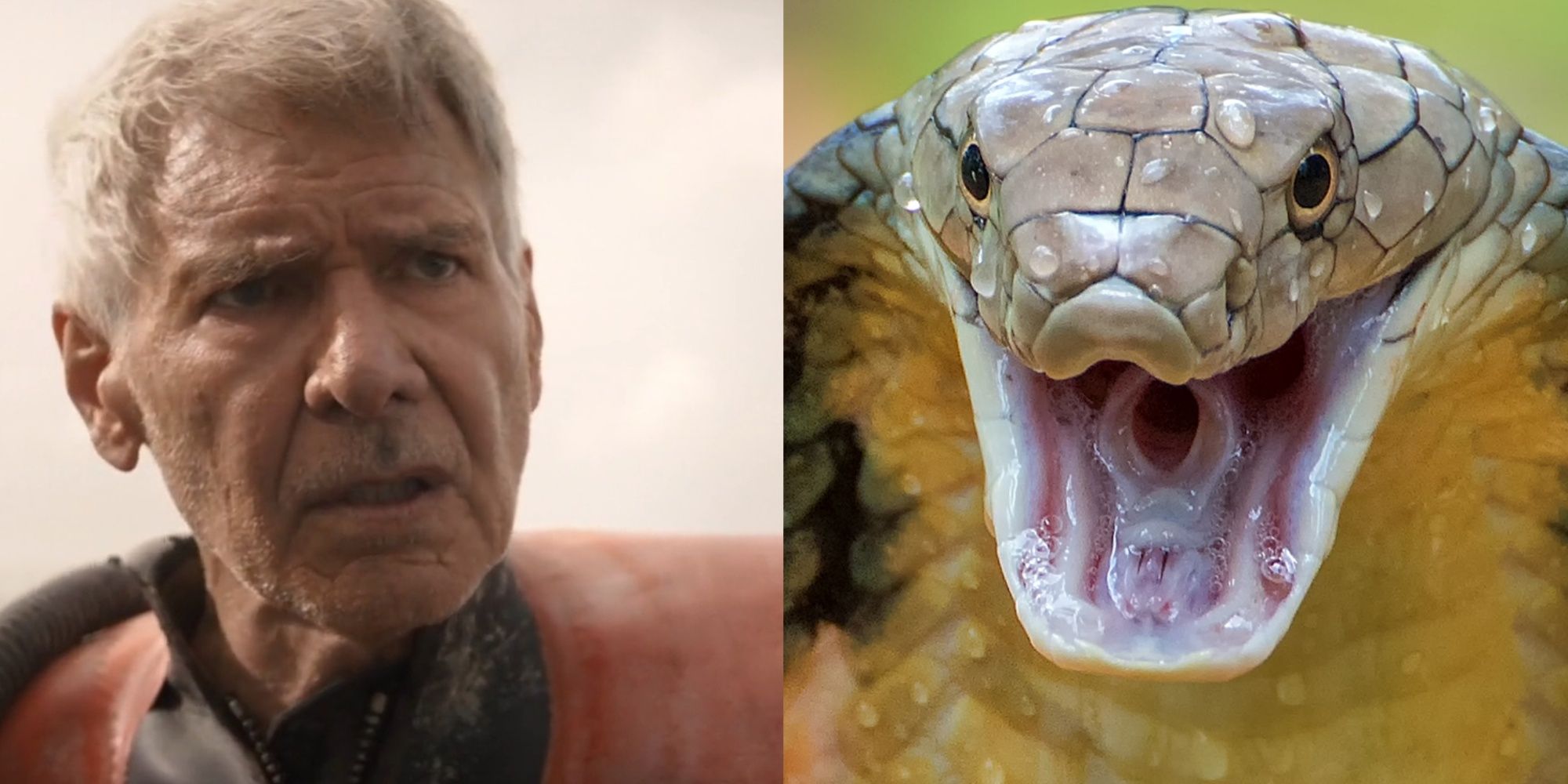
Next
Why Does Indiana Jones Hate Snakes?
Ophidiophobia is pretty common. Here’s why Indy Hates those slithering snakes.






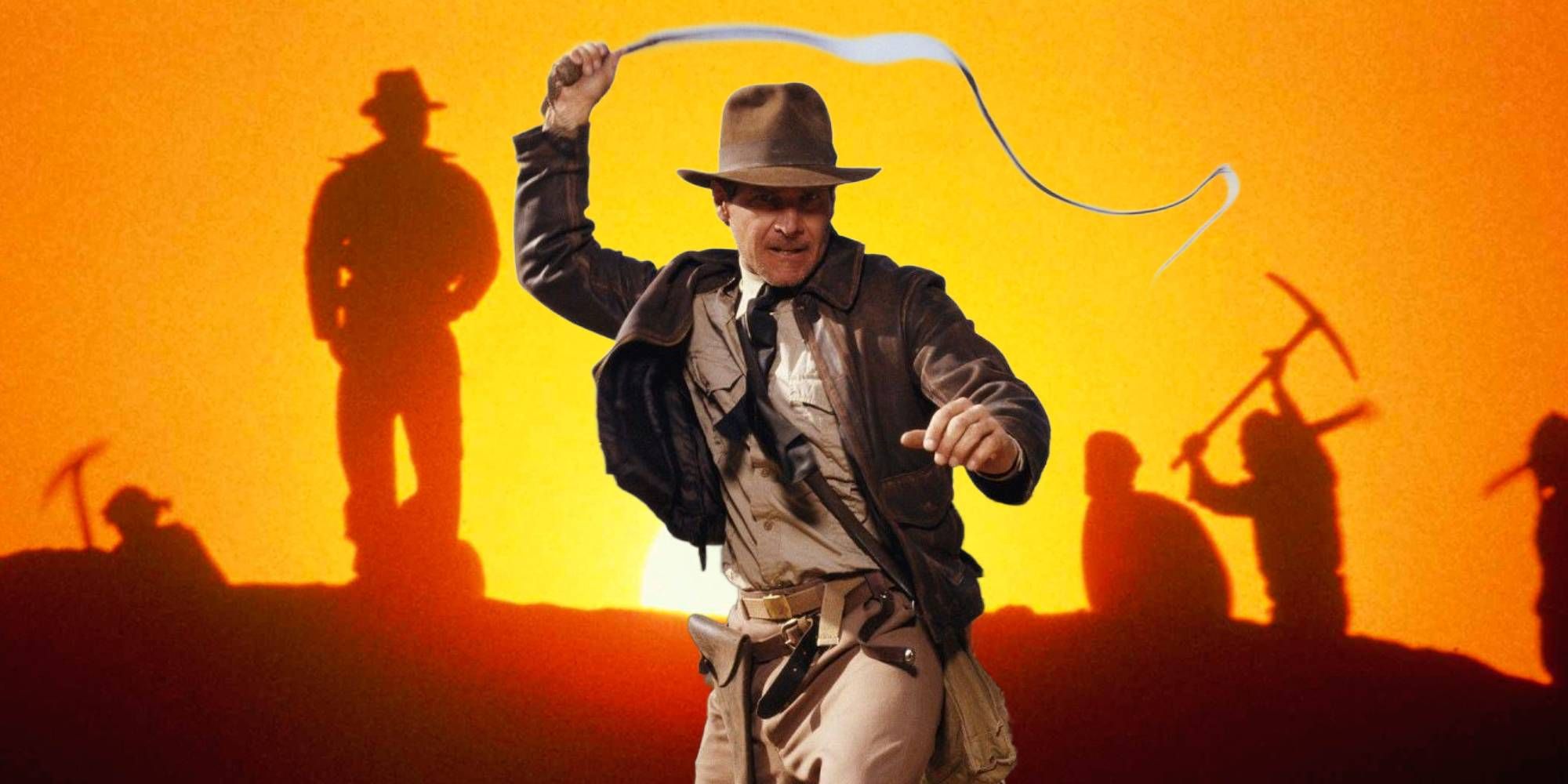
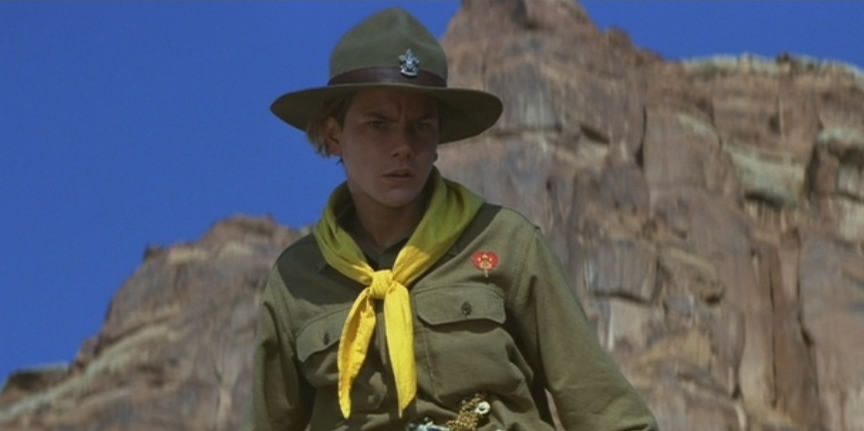



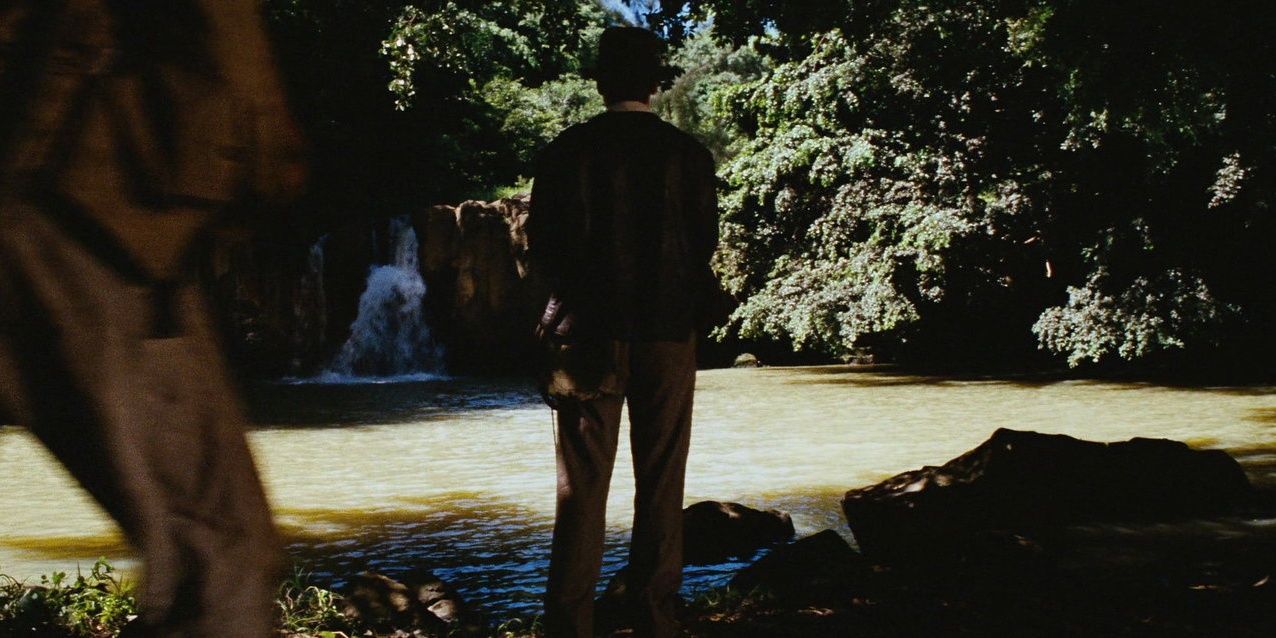












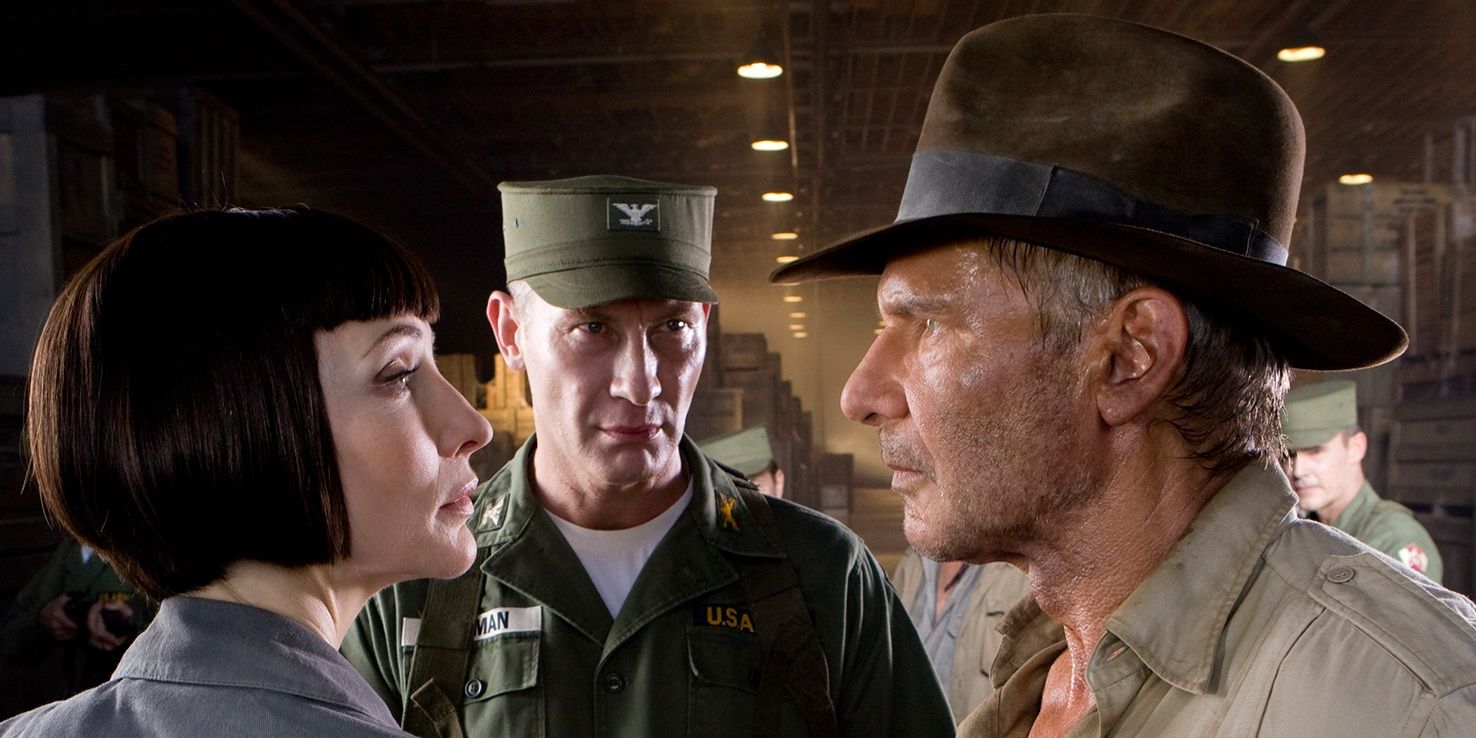



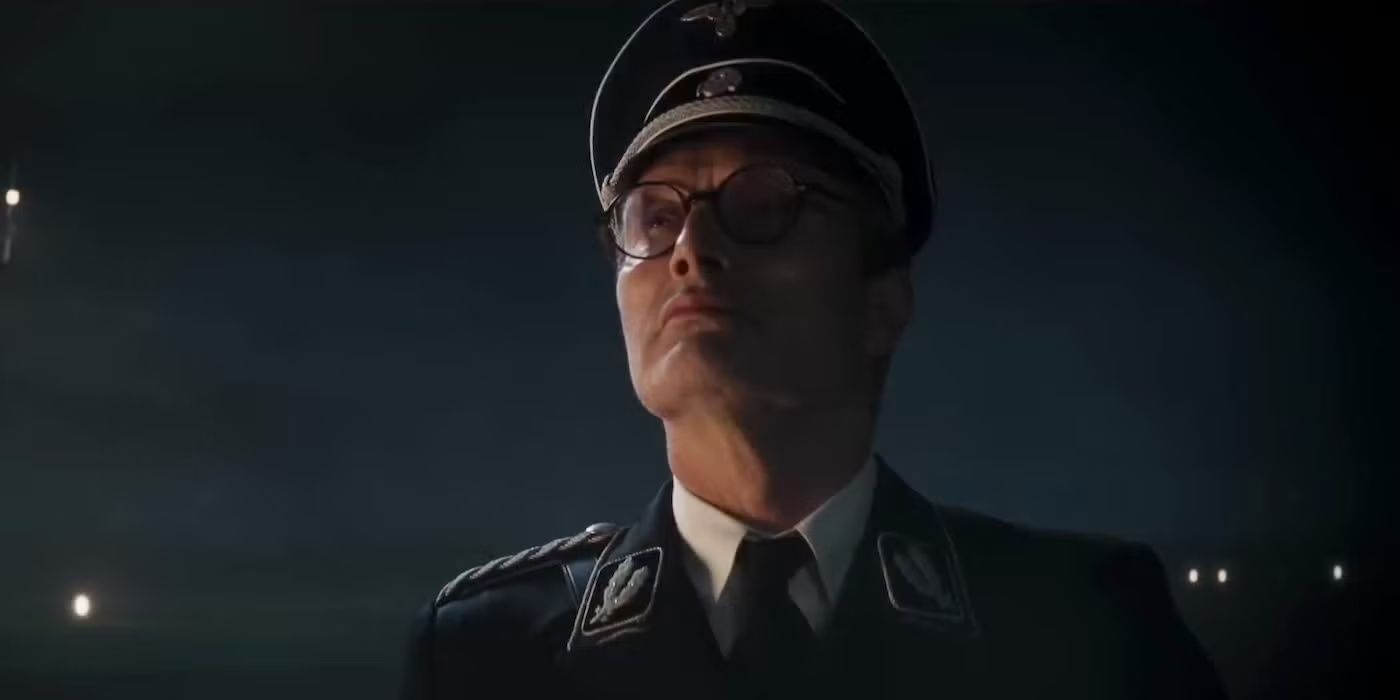




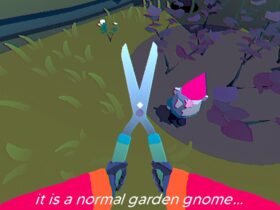






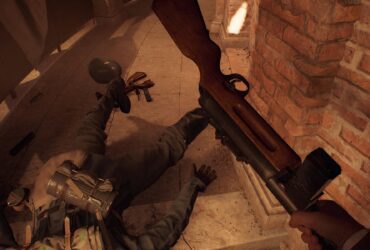

Leave a Reply